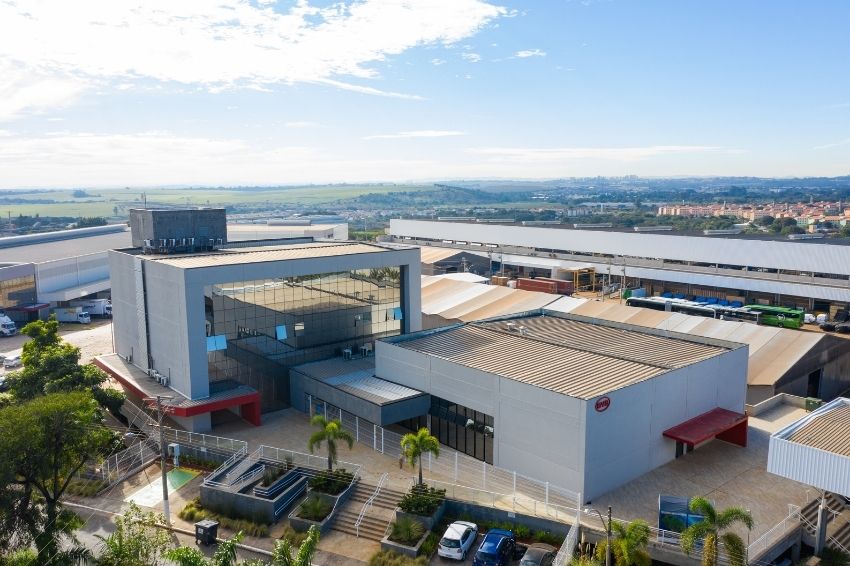DG (distributed generation) of solar energy in the State of São Paulo is approaching the mark of 1 GW of installed power and one hundred thousand systems connected to the grid, according to data from ANEEL (National Electric Energy Agency).
The good performance of the state of São Paulo in the segment is driven by cities in the interior, such as Campinas and Ribeirão Preto, which, together, have more installed power and connected systems than the capital.
Currently, Campinas is the city that generated the most solar energy in São Paulo, with 2,850 photovoltaic systems and 24.45 MW of installed power. According to Marcelo Gradella Villalva, researcher at Unicamp (Universidade Estadual de Campinas), the municipality does not lead the state ranking by chance.
“The Campinas region is a pioneer and presents itself as one of the main solar energy hubs in Brazil. In 2012, when REN 482 was published, there were already systems connected to the grid in operation in the city”, he says.
In addition to installations in homes and businesses, Villalva highlights that the city has a habit of investing in projects that value clean energy. One of these projects involves a partnership between the concessionaire CPFL Paulista and ANEEL, with donations of photovoltaic systems to help public and philanthropic institutions reduce their energy bills.
One of the entities benefiting from the program was the Campinas Maternity Hospital, which received more than 360 panels to capture solar energy in the first fortnight of this month. The application will guarantee savings of 10,76% per month for the health complex and will avoid the emission of 11.3 tons of CO²
“The region breathes an atmosphere of sustainability, development and innovation and I think this also contributes to the great demand for photovoltaic systems, in addition to other factors such as the high cost of living, which encourages people to look for solutions to reduce the cost of electrical energy”, comments Villalva.
Read too: Financing lines make solar energy more accessible
Other factors that explain the city's good performance in generating solar energy are the research and courses offered by Unicamp and the BYD solar panel factory. “Within a radius of a few kilometers we have Unicamp, which carries out a lot of research in the area of solar energy and we have BYD, a manufacturer of photovoltaic modules and batteries, as well as several distributors of photovoltaic equipment and installation companies”, concludes Villalva.
For Adalberto Maluf, Director of Marketing and Sustainability at BYD Brasil, Campinas, he has always been a national leader in environmental issues, being the first to make an emissions inventory, in addition to having a climate emissions plan “BYD itself, for For example, there is a 5 MW plant in Campinas, which is the result of a research and development project within a partnership with Unicamp”, he commented.
Ribeirão Preto
Today, Ribeirão Preto is the second city that generates the most solar energy in the State of São Paulo. The municipality has around 2,670 systems connected to the grid and 24.34 MW of installed power. This is a number above those recorded by the capital of São Paulo, which has approximately 2.62 thousand photovoltaic DG units and a power of 21.53 MW.
According to data from ANEEL, one of the reasons that helps explain the municipality's placement is the urban population's adherence to solar energy. Of the 2,670 systems installed in the city, more than 65% belong to the residential consumer class.
The municipality, for example, recorded an increase of 108.8% in the number of photovoltaic energy installations in the first half of 2021. During the period, there were 965 new generation points, compared to 462 in the same period last year.
The increase is related to a greater demand for electricity during the pandemic, when families spent more time at home, in addition to being a reflection of the increase in utility tariffs and the water crisis, encouraging more people to seek alternative sources.

















One Response
Very cool, we are new to the solarpawartech business here in Mogi das Cruzes SP